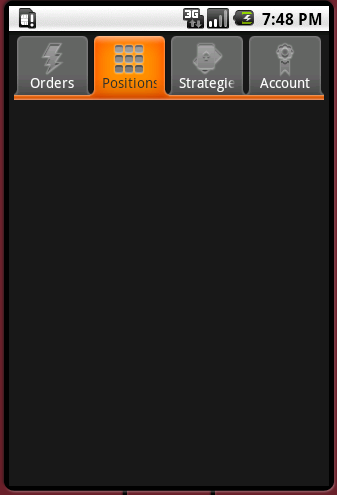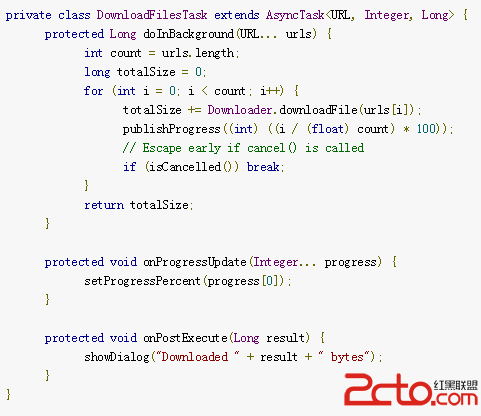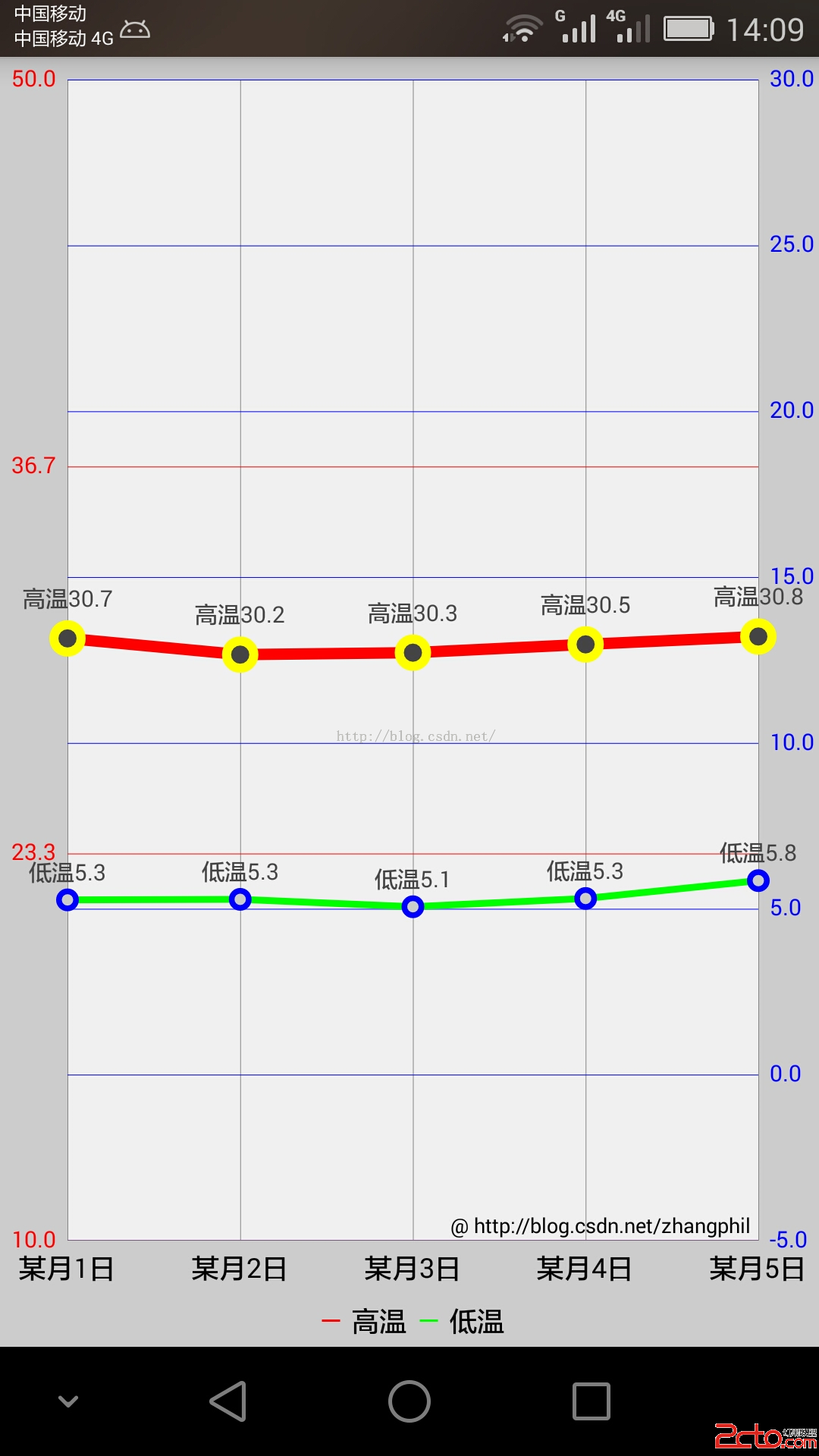編輯:關於Android編程
本文實例講述了Android實現在屏幕上移動圖片的方法。分享給大家供大家參考。具體實現方法如下:
1. Speed.java文件:
package net.obviam.droidz.model.components;
public class Speed {
public static final int DIRECTION_RIGHT = 1;
public static final int DIRECTION_LEFT = -1;
public static final int DIRECTION_UP = -1;
public static final int DIRECTION_DOWN = 1;
private float xv = 1; // velocity value on the X axis
private float yv = 1; // velocity value on the Y axis
private int xDirection = DIRECTION_RIGHT;
private int yDirection = DIRECTION_DOWN;
public Speed() {
this.xv = 1;
this.yv = 1;
}
public Speed(float xv, float yv) {
this.xv = xv;
this.yv = yv;
}
public float getXv() {
return xv;
}
public void setXv(float xv) {
this.xv = xv;
}
public float getYv() {
return yv;
}
public void setYv(float yv) {
this.yv = yv;
}
public int getxDirection() {
return xDirection;
}
public void setxDirection(int xDirection) {
this.xDirection = xDirection;
}
public int getyDirection() {
return yDirection;
}
public void setyDirection(int yDirection) {
this.yDirection = yDirection;
}
// changes the direction on the X axis
public void toggleXDirection() {
xDirection = xDirection * -1;
}
// changes the direction on the Y axis
public void toggleYDirection() {
yDirection = yDirection * -1;
}
}
2. main.java文件:
public void run() {
Canvas canvas;
Log.d(TAG, "Starting game loop");
while (running) {
canvas = null;
// try locking the canvas for exclusive pixel editing
// in the surface
try {
canvas = this.surfaceHolder.lockCanvas();
synchronized (surfaceHolder) {
// update game state
this.gamePanel.update();
// render state to the screen
// draws the canvas on the panel
this.gamePanel.render(canvas);
}
} finally {
// in case of an exception the surface is not left in
// an inconsistent state
if (canvas != null) {
surfaceHolder.unlockCanvasAndPost(canvas);
}
} // end finally
}
}
public void update() {
// check collision with right wall if heading right
if (droid.getSpeed().getxDirection() == Speed.DIRECTION_RIGHT
&& droid.getX() + droid.getBitmap().getWidth() / 2 >= getWidth()) {
droid.getSpeed().toggleXDirection();
}
// check collision with left wall if heading left
if (droid.getSpeed().getxDirection() == Speed.DIRECTION_LEFT
&& droid.getX() - droid.getBitmap().getWidth() / 2 <= 0) {
droid.getSpeed().toggleXDirection();
}
// check collision with bottom wall if heading down
if (droid.getSpeed().getyDirection() == Speed.DIRECTION_DOWN
&& droid.getY() + droid.getBitmap().getHeight() / 2 >= getHeight()) {
droid.getSpeed().toggleYDirection();
}
// check collision with top wall if heading up
if (droid.getSpeed().getyDirection() == Speed.DIRECTION_UP
&& droid.getY() - droid.getBitmap().getHeight() / 2 <= 0) {
droid.getSpeed().toggleYDirection();
}
// Update the lone droid
droid.update();
}
希望本文所述對大家的Android程序設計有所幫助。
 Android App中使用ViewPager實現滑動分頁的要點解析
Android App中使用ViewPager實現滑動分頁的要點解析
以前如果要做 Tab 分頁的話,必須要用一個很難用的 TabActivity,而且做出來的效果很差,彈性也很小忘了從什麼時候開始,Google release 了 Vie
 Android開發:AsyncTask源代碼完全解析
Android開發:AsyncTask源代碼完全解析
從事Java開發以來,接觸過很多的開源代碼,自己能夠明白代碼但是想要表達出來卻有點困難,從今天開始,逐漸開始對一些開源代碼進行解析並記錄成blog分享出來,希望以此提升自
 Android實現天氣預報溫度/氣溫折線趨勢圖
Android實現天氣預報溫度/氣溫折線趨勢圖
??Android實現天氣預報溫度/氣溫折線趨勢圖天氣預報的APP應用中,難免會遇到繪制天氣溫度/氣溫,等關於數據趨勢的折線或者曲線圖,這類關於氣溫/溫度的折線圖,一般會
 Android自動化構建之Ant多渠道打包實踐分析(上)
Android自動化構建之Ant多渠道打包實踐分析(上)
前言Ant是歷史比較悠久的一個自動化構建工具,Android開發者可以通過它來實現自動化構建,也可以實現多渠道打包,關於apk打包的方式一般有Ant、Python、Gra